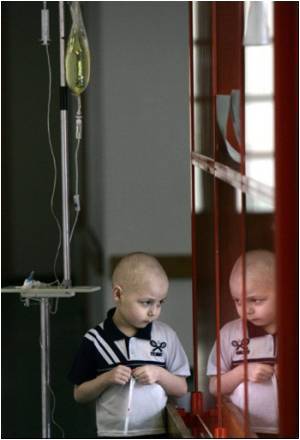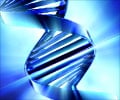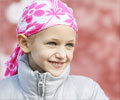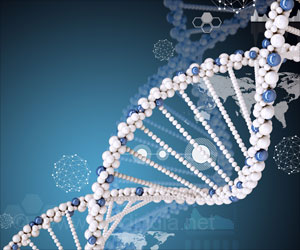Childhood cancer survivors face risk associated with a subsequent primary tumor at older than age 40 years, says study.

Raoul C. Reulen, Ph.D., of the University of Birmingham, Edgbaston, United Kingdom, and colleagues conducted a study to investigate the long-term risks of subsequent primary neoplasms in survivors of childhood cancer. The British Childhood Cancer Survivor Study included 17,981 5-year survivors of childhood cancer diagnosed with cancer at younger than 15 years between 1940 and 1991 in Great Britain, who were followed up through December 2006.
Through the follow-up period, 1,354 subsequent primary neoplasms were diagnosed in 1,222 of the 17,981 survivors in the cohort. The average follow-up time from childhood cancer diagnosis was 25.6 years. The most commonly observed subsequent primary neoplasms were central nervous system tumors (n = 344) of which 105 were gliomas, nonmelanoma skin cancer (n = 278), digestive (n = 105), genitourinary (n = 100), breast (n = 97), and bone (n = 94). Overall, survivors were 4 times more likely to develop a subsequent primary neoplasm than expected. Digestive and genitourinary subsequent primary neoplasms contributed the largest AER at older than 40 years compared with other subsequent primary neoplasm categories; 36 percent of the total AER was attributable to genitourinary and digestive subsequent primary neoplasms. Overall, 52 percent of the total AER was attributable to digestive, genitourinary, breast, or respiratory sites at older than 40 years.
"These increased risks of digestive subsequent primary neoplasms are likely to be related to previous exposure of the digestive tract to radiation, except following heritable retinoblastoma. We found a 3-fold increased RR for survivors treated with direct abdomino-pelvic irradiation. The highest AER for genitourinary subsequent primary neoplasms was observed after heritable retinoblastoma, suggesting that this excess risk is at least partially attributable to genetic predisposition," the authors write.
The cumulative percentage of survivors developing a subsequent primary neoplasm increased steadily with attained age from 1.6 percent at age 20 years to 13.8 percent at age 60 years, whereas 8.4 percent was expected at the latter age based on rates from the general population. Five percent of survivors had developed a subsequent primary neoplasm by age 38 years, whereas it took until age 54 years for 5 percent of a comparable cohort (based on the general population rates) to develop a cancer.
The researchers also found that the cumulative incidence of developing colorectal cancer by age 50 years was 1.4 percent for survivors treated with direct abdomino-pelvic irradiation. This risk is comparable to the equivalent percentage (1.2 percent) for individuals with at least 2 first-degree relatives affected by colorectal cancer. They add that this is, to their knowledge, the first time this finding has been demonstrated. "This raises the question of whether childhood cancer survivors treated with direct abdomino-pelvic irradiation should be similarly considered for routine colonoscopy for colorectal cancer."
Advertisement
Source-Eurekalert















